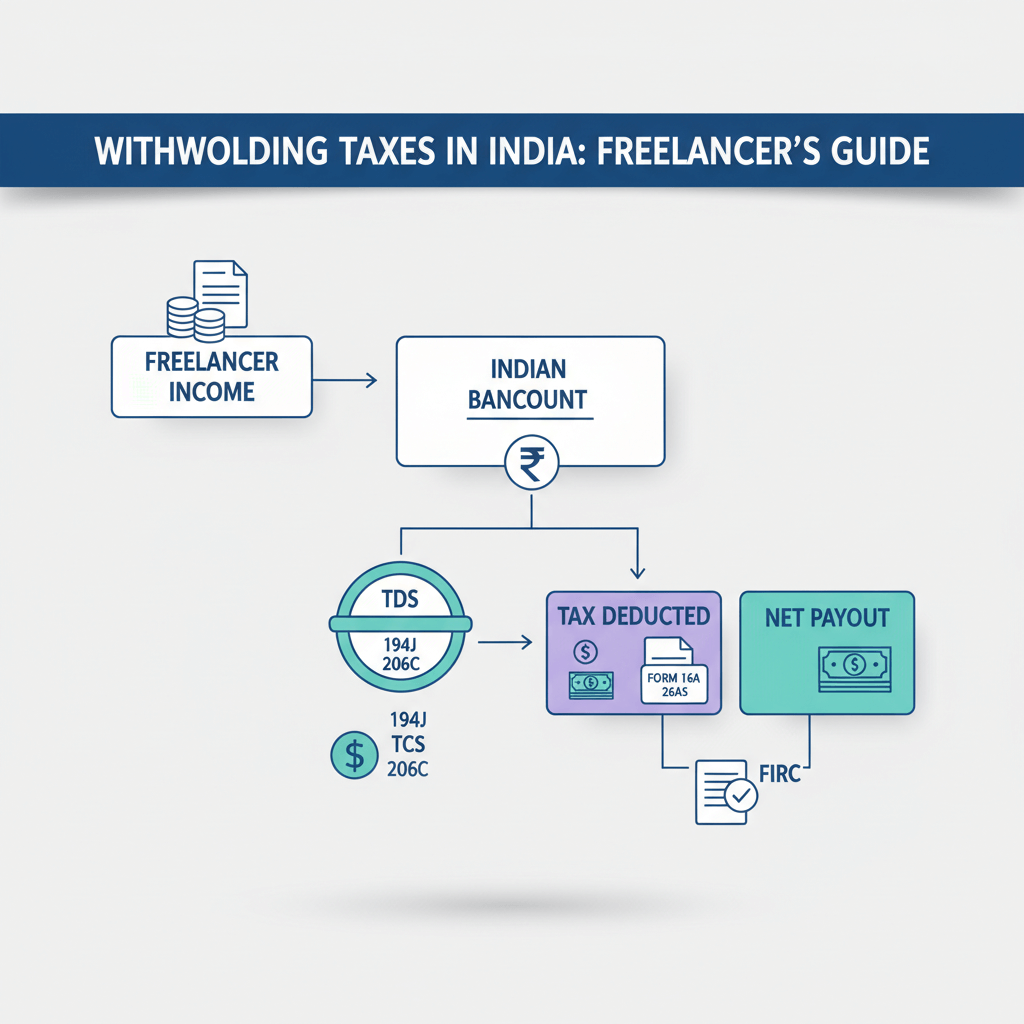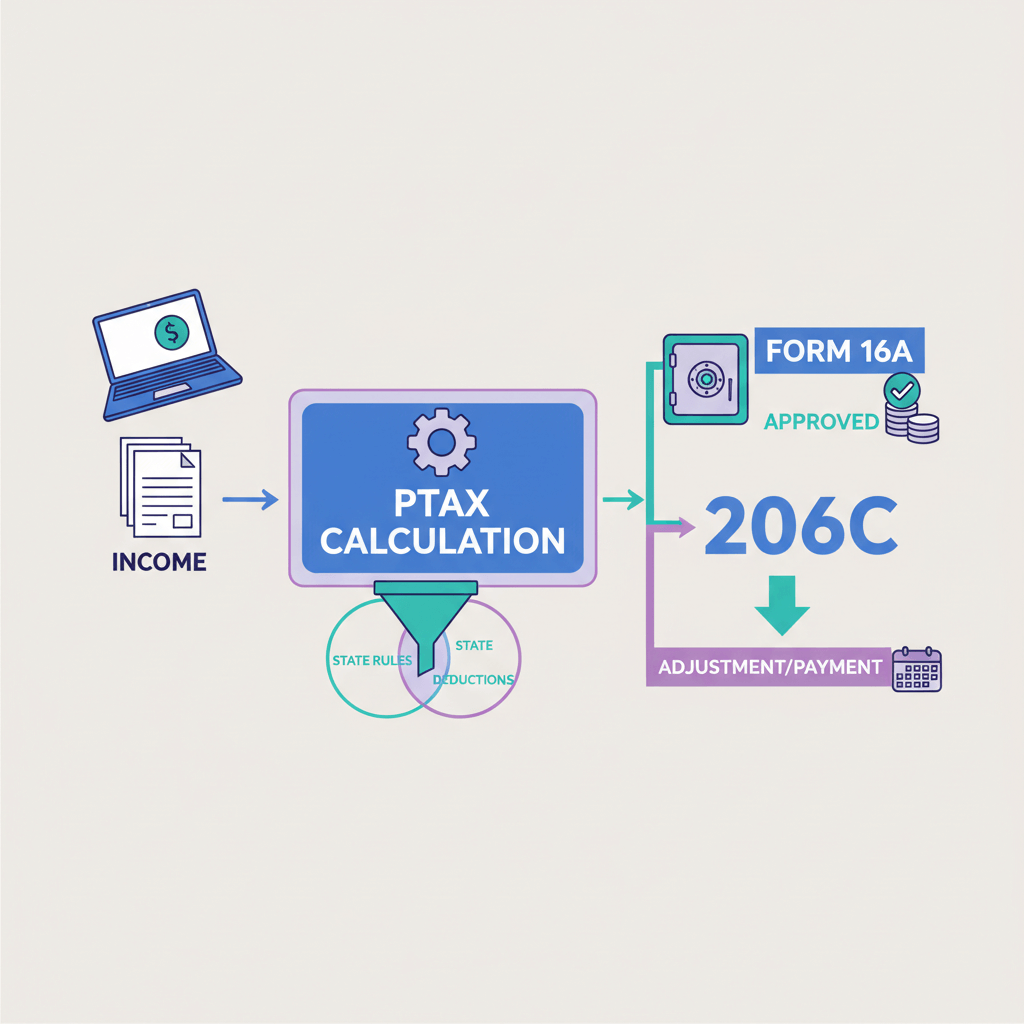Importers might go for advance remittance against imports to play it safe and reduce the risk of not getting what they ordered. It can also give them a chance to haggle for better deals with the exporter.
Or, it may be to secure orders in advance.
Either way, advance remittance against imports is not a novel process and works more or less the same way as regular outward remittances from India for imports.
What is the process? Is there any difference?
Let’s find out…
What is Advance remittance against imports?
Advance remittance against imports is when an importer pays the foreign exporter before getting goods or services. This assures the exporter, starts the import process, and secures the purchase. It generally relies on having a good and long-term relationship between the parties involved. While banks provide letters of credit to ensure payment to exporters, advance remittance against imports works even better for the seller, as he can receive the payment even before shipping the product.
What is an advance remittance against imports form?
An advance remittance form is an application used to start and keep track of a payment made in advance by an importer to a foreign exporter before bringing in goods or services. It's an important record for the deal and can have info like payment terms, amount, and necessary documents.
In the context of foreign remittances and trade transactions in India, you may encounter terms such as:
- Advance Remittance Application: The process of advance remittance begins with an 'advance remittance application', to be filled and submitted to your bank. It will include transaction details, purpose, and recipient details.
- Form A1: Historically, Form A1 was used for making remittances for various current account transactions, including advance payments for imports. However, the regulatory landscape may change, and forms could be updated or replaced.
What is the purpose of the advance remittance against imports form?
A foreign remittance form plays a vital role in documenting and providing information about financial transactions, especially those involving money transfers. Its key purposes include:
- Transaction Details
- Sender Information
- Recipient Information
- Purpose of Remittance
- Bank Details
- Transaction Reference Numbers
- Authorization and Signatures
- Compliance and Regulatory Requirements
- Record-Keeping
What is the time limit for advance remittance against imports?
Typically, importers need to pay for the goods they bring in within a specific time, as mentioned in the Foreign Exchange Management Act (FEMA) guidelines. The time limit can vary based on the type of transaction and the agreement between the importer and exporter.
Here are the key points about the time limit for import payments:
- Advance Payments: If an importer pays in advance for imports, they must complete the full payment for the goods or services within a set period. This period is usually stated in RBI guidelines or related rules.
- Credit Terms: When importers and exporters agree on credit terms, the payment should be done within the agreed time mentioned in the contract or commercial agreement.
- FEMA Compliance: Importers need to follow FEMA rules and ensure timely completion of the import payment process.
What is advance remittance against imports before dispatch?
Outward remittances from India before dispatch means the buyer pays the seller before goods are shipped or services are provided, showing commitment and providing funds in advance. Key points:
- Commitment: Buyer's upfront payment shows commitment.
- Risk Reduction: Sellers ask for advance payments to reduce the risk of non-payment.
- Funding Production: Covers production costs and other expenses for goods.
- Common in International Trade: Typical in international trade, building trust with new partners.
- Agreed Terms: Percentage paid upfront and conditions are in the sales contract.
- Security for Seller: Ensures financial security from the seller's perspective.
- Documentation: Details are documented in the sales contract or a separate agreement.
What documents are required for advance remittance against imports?
When making an advance payment for imports, you need specific documents to ensure clarity and follow regulations. The paperwork may vary depending on the countries and goods, but here are the common ones:
Purchase Order (PO) or Contract: This document explains the terms and conditions. It forms the base of the transaction.
Proforma Invoice: The seller provides this invoice. It includes details about the goods or services. You use it for customs and payment.
Letter of Credit (LC) or Bank Guarantee: You may give this to secure the payment. It assures the seller of payment.
Advance Payment Invoice: This invoice shows the advance payment amount and terms.
Advance Payment Receipt: The seller gives this after receiving the payment. It confirms the payment and lists transaction details.
Foreign Exchange Control Form: You may need this form to track the currency exchange.
Customs Declaration and Import Docs: You need documents like the invoice, packing list, and bill of lading for customs.
Trade Agreements or Contracts: These agreements list the payment terms and help avoid confusion.
Advance Remittance for Import of Goods Without Bank Guarantee
An importer may choose to send money in advance to the seller, without a bank guarantee. While bank guarantees are advised for international trade, there are certain exceptions. For example, businesses can provide an advanced remittance of up to 50 million without a bank guarantee, but this is only applicable to the aviation sector (purchase of aircraft, etc.) There may be other exceptions depending on the industry, it is best to consult the latest RBI and FEMA guidelines for advance remittance against imports.
Advance remittance for import of goods works really well when there is trust and understanding between parties. However there are numerous risks to such transactions as there is no authority for dispute resolution.
What is the validity of advance authorization for advance remittance against imports?
The validity of advance authorization for import is about how long the permission lasts for specific imports. It's like a permission slip from authorities, allowing importers to bring in certain goods without paying certain fees, but they must do it within a set time.
This time is decided by the authorities and written in the permission slip. Importers must finish importing the goods within this time to get benefits like not paying some fees. If they don't finish on time, the permission slip expires, and they lose the benefits.
Following the mentioned time is very important for importers to complete their imports on time and follow the rules.
What is the procedure for advance remittance against imports?
The procedure for advance import payment involves several steps to facilitate a smooth and transparent financial transaction between the importer and exporter. Below is a general outline of the procedure for advance import payment:
Step 1: Negotiate Terms
The importer and exporter discuss the trade terms. They agree on the advance payment amount and the conditions.
Step 2: Sales Contract or Purchase Order
Both parties create a contract or issue a purchase order. This document details the trade terms and forms the basis of the transaction.
Step 3: Agree on the Payment Method
The importer and exporter decide on the payment method. They choose among options like wire transfer or letter of credit, as specified in the contract.
Step 4: Issuance of Proforma Invoice
The exporter provides a proforma invoice to the importer. This invoice lists the goods, services, costs, and terms. It helps with customs and guides the advance payment.
Step 5: Advance Payment Invoice
The exporter sends an advance payment invoice. This invoice shows the advance amount and payment terms.
Step 6: Initiate Payment
The importer makes the advance payment using the agreed method, such as wire transfer.
Step 7: Payment Confirmation
The exporter's bank confirms the receipt of payment. The exporter gets a notice that the funds have arrived.
Step 8: Record-Keeping
Both parties keep detailed records. They include the contract, proforma invoice, advance payment invoice, and payment confirmations. These records are crucial for customs and compliance.
Step 9: Shipping and Fulfillment
After confirming the payment, the exporter ships the goods or provides the services. The importer receives them according to the contract.
Step 10: Balance Payment (if applicable)
The importer pays the remaining balance after receiving the goods or services, as agreed in the contract.
FAQ’s
1. Under which situation can the importer make an advance remittance against imports?
There are multiple situations where the importer will need to make an advance payment to the exporter. Some examples include,
- New Business Relationship: In new relationships, to build trust and secure goods or services.
- Custom or Industry Practice: In industries where it's customary for advance payments.
- Customized or High-Value Goods: For tailored or high-value goods requiring specific processes.
- Exporters' Request: When exporters need funds for production or other costs.
- Terms of the Sales Contract: As specified in the negotiated sales contract or purchase order.
- Exporter's Financial Stability: If importers trust the exporter's financial stability.
- Prepayment Discounts: When exporters offer discounts for upfront payments.
- Limited Access to Other Payment Methods: When alternatives like letters of credit are not feasible.
- Urgent or Time-Sensitive Orders: For quick processing and timely delivery of goods or services.
2. How many types of import payments are there?
There are different ways to pay for imports, and it depends on the type of deal. The top 5 ways for international payments are a letter of credit, advance payment, open account, open credit (where the exporter sends goods and lets the importer pay later), and consignment.
3. What is the advance import payment limit?
There is no real limit to advance import payment, however, there are some conditions for high-value transactions:
Bank Guarantee + Counter Guarantee Required for Payments Over USD 200,000:
Importers need an unconditional standby letter of credit or guarantee from a reputable international bank, which must be located outside India.
They also need a counter-guarantee from an authorized Indian bank. This acts as a backup for the international bank's guarantee.
If Bank Guarantees Cannot Be Obtained:
For importers, other than Public Sector Undertakings (PSUs), banks, State Governments, or government institutions, if they can't get a guarantee from an international bank, the authorized dealer will check the importer's transaction history.
If the importer’s past transactions are legitimate and consistent, the authorized dealer might waive the need for a bank guarantee or letter of credit for advance payments up to USD 5 million.
4. What is the best payment method for import export?
Wire transfer is the best way to pay for import-export because it's affordable and quick. If you need to pay someone you trust quickly, making an advance payment is a good option. For imports, consignment is the best method because you pay only after the goods are sold.











